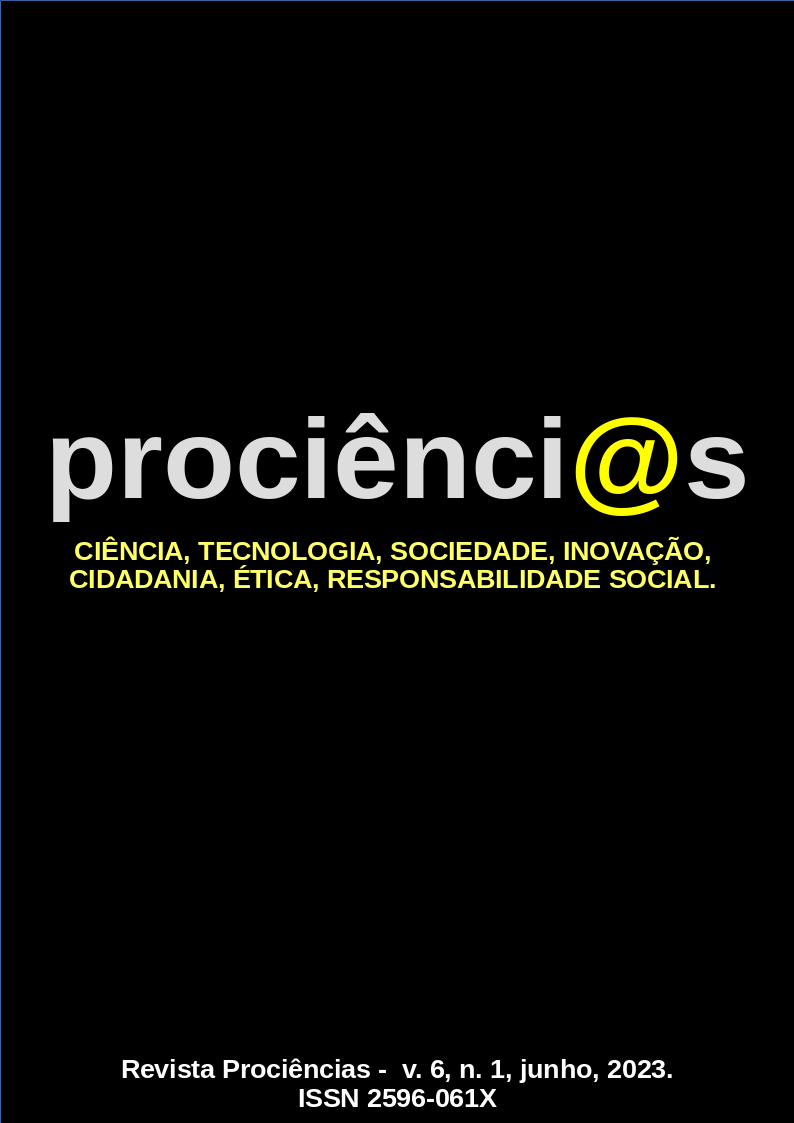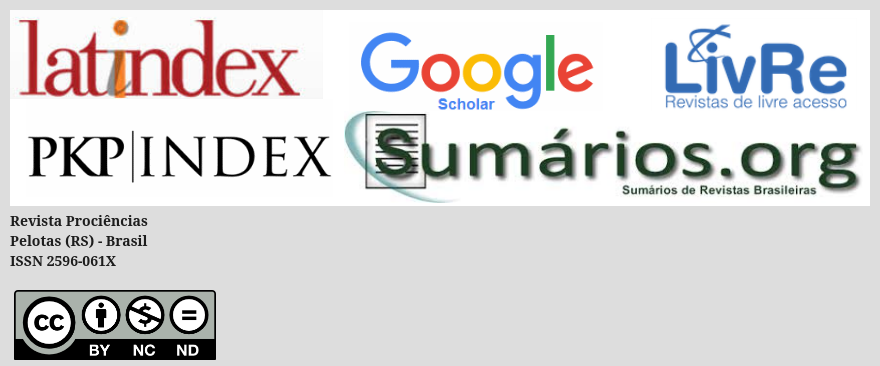ANALYSIS OF VERBAL HUMOR IN ARGENTINE COMIC STRIPS TO WORK ON LANGUAGE FUNCTIONS IN SOCIAL (PRAGMATIC) COMMUNICATION DISORDERS
Abstract
Humor and language are solely human characteristics. Important physical, psychological, and social benefits can be attributed to both sense of humor and laughter. Communication circumstances and user-related language difficulties have been named Semantic Pragmatic Disorder (SPD), Pragmatic Language Disorder (PLD), and, currently, Social (Pragmatic) Communication Disorder (SCD). The resources applied in clinical cases are selected by the therapist according to the possibilities they can offer for each patient. The purpose of this study is investigating select comic strips to use them as a therapeutic resource in the clinical treatment of language functions in patients with human communication deficits. This is a qualitative study in which comic strips by Argentine cartoonists Tute and Szoka are analyzed through discourse analysis methodology. The units of analysis are dialogic interactions between characters from a metalinguistic point of view. The categories of analysis are the language functions described by Jakobson. The linguistic function in which the language user’s discourse fell to could be analyzed in every comic strip. Thus, this resource is viable because it offers dialogs that allow the treatment of the discursively emphasized function. In the pragmatic disorder, the benefit of the clinical study on comic strips would lie both in the patient being able to identify the function, and in the humorous effect of recognizing it.
Language functions – Humor – Therapeutic resources – (Pragmatic) communication disorder
Downloads
References
CARBELO, B. Estudio del sentido del humor. Validación de un instrumento para medir el sentido del humor. Análisis del cuestionario y su relación con el estrés. Tesis doctoral. Universidad de Alcalá Departamento de Psicopedagogía y Educación Física. 2005. https://ebuah.uah.es/dspace/handle/10017/438
CARBELO, B y JÁUREGUI, E. Emociones positivas: humor positivo. Papeles del Psicólogo, 2006. Vol. 27(1), pp. 18-30 https://www.redalyc.org/pdf/778/77827104.pdf
JAKOBSON, R. Lingüística y poética. Crítica y estudios literarios. Madrid: Cátedra, 1981.
https://textosenlinea.com.ar/academicos/Jakobson%20-%20Linguistica%20y%20poetica.pdf
LOSADA, A. y LACASTA, M. Sentido del Humor y sus Beneficios en Salud. Calidad de Vida y Salud, 12 (1), 2-22, 2019.
MAINGUENEAU, D. Términos clave de análisis del discurso. Buenos Aires, Argentina: Ediciones Nueva Visión, 2003. Página 79
KERBRAT-ORECCHIONI, C. La enunciación. De la subjetividad en el lenguaje. (3ª.ed.). Buenos Aires: Edicial, 1997. Disponible en https://textosenlinea.com.ar/textos/Kerbrat.pdf
MORALES LÓPEZ, E. Hacia dónde va el análisis del discurso. Tonos. Revista electrónica de estudios filológicos. Número 21. Junio 2011. Disponible en https://www.um.es/tonosdigital/znum21/secciones/estudios-21-discurso.htm
VELARDE, M., VATTUONE J. y GÓMEZ M. Trastorno de la comunicación social (pragmático) (TCS f80.82). Pediátr Panamá 2017; 46 (2): 99-104. Disponible en https://docs.bvsalud.org/biblioref/2017/08/848342/99-104.pdf
WATZLAWICK, P., BEAVIN BAVELAS J. y JACKSON D. Teoría de la comunicación humana. 11ª Edición. Barcelona: Editorial Herder, 1997.


